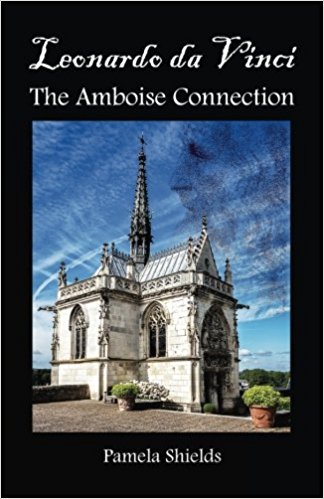Just had a good mosey around two hidden gems, the only windmill and the only grotto left in Hertfordshire. Awesome (my latest fave word along with cool). Thanks to The Hertfordshire Building Preservation Trust and The Ware Society both are now preserved for all time. What would we do without Volunteers? Cromer Windmill (Good Morning Windy! – wish I could get the Trumpton tune out of my head) near Ardeley is, apparently, a Post Mill whatever that is. It’s thought that a windmill has been on this site for 800 years (1192) since Richard the Lionheart was on the throne. Or not. He spent only ten months of his reign in England and then only to bleed us dry to fund his Crusade. This windmill, built in 1681, blew over in 1860 and was re-built. Around 1888 a steam engine was used as back up. This was replaced by an oil engine. You do wonder. Was Hertfordshire becoming les windy? Although new 60 foot sails were imported from Sweden the engine was still used, especially when the fantail and one sail decided to take off. Apart from repairs in 1938 when the sails were removed for safety reasons, the windmill became derelict until a 1960s Appeal saved it. What would we do without Volunteers? As for Mr John Scott’s underground Grotto in Ware, pictures paint a thousand words. Mind you, you have to find it first. Built two hundred years ago in the grounds of Scott’s huge mansion, what’s left of it is hidden between 28 and 34 Scotts Road, but hey, thank goodness for small mercies, at least it’s still there. It very nearly wasn’t. A developer started vandalising the grotto to build numbers 30 and 32. Consisting of six chambers, the grotto walls and niches are embedded with coloured minerals, molten glass, flints, fossils, pearly oysters and over fifty different types of shells. Although today it seems bizarre that Scott, a wealthy Quaker, built a grotto, in his day they were fashionable, a status symbol on a par with building a swimming pool in your back garden today. Three thousand signed his Visitors Book. One regular was his friend Dr Johnson of Dictionary fame. Another was a local, William Godwin, future father of Mary Frankenstein Shelley. He was the Minister of the Congregational Chapel in Dead Lane, Ware until it dawned on him he no longer believed in God (the congregation booted him out). Scott loved poetry and revered poets and although no-one else shared his opinion, fancied himself as one. His father, terrified young John would die in disease ridden London, relocated the family to Hertfordshire. John did indeed die of fever in London when visiting his wife in hospital. Before you go, have a peep at the summerhouse behind the grotto. From here Mr Scott was master of all he surveyed. Well, nearly all. He could also see the town and all over the valley. Wear flat shoes and take a torch. The floor is slippery and uneven, the grotto is dark and unlit.
To buy this article for publication including photography email: enquiries@pamela-shields.co.uk
Photography copyright Mark Playle




Posted on Jun 27, 2011 by scribbling4bread
0